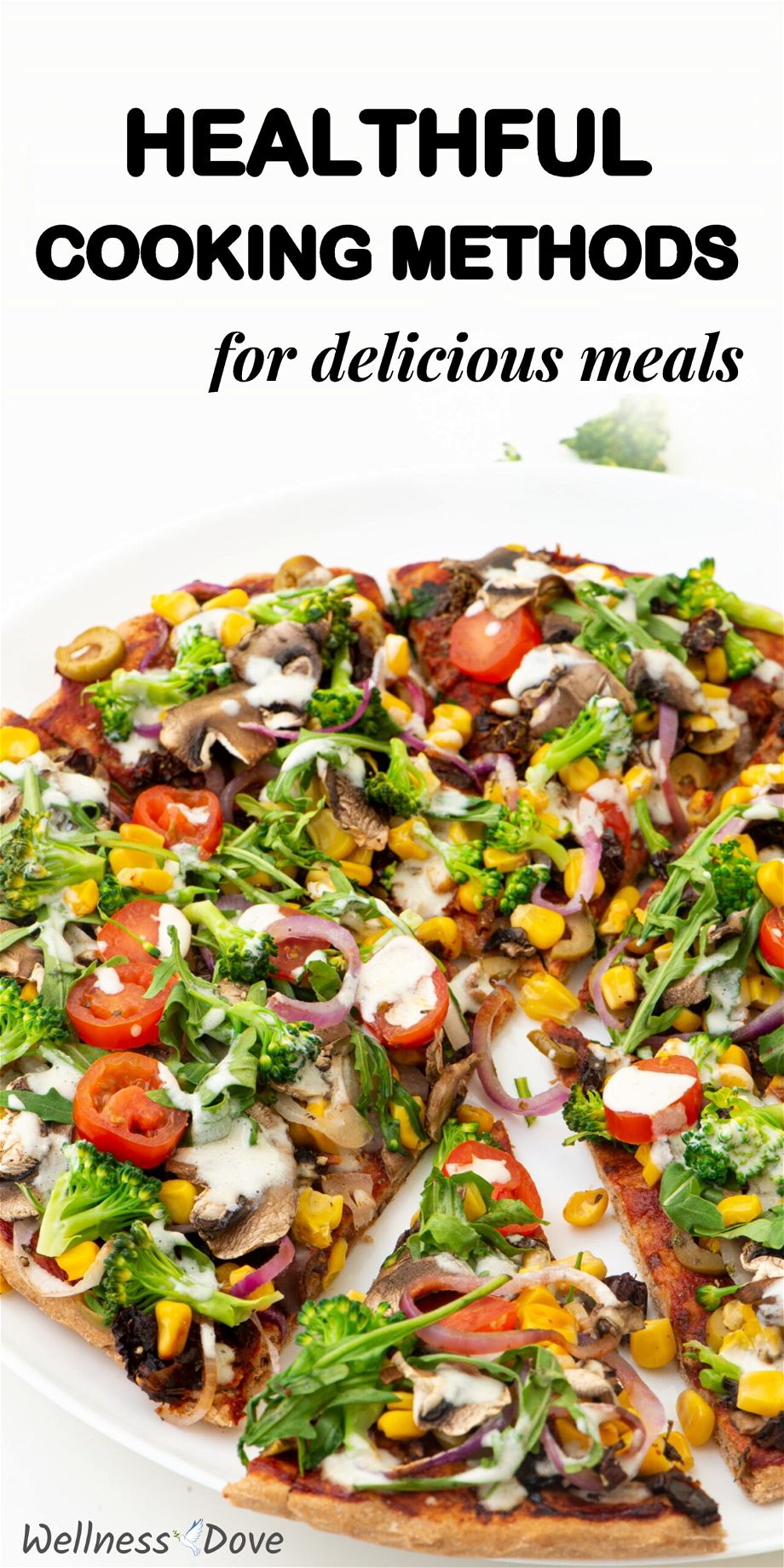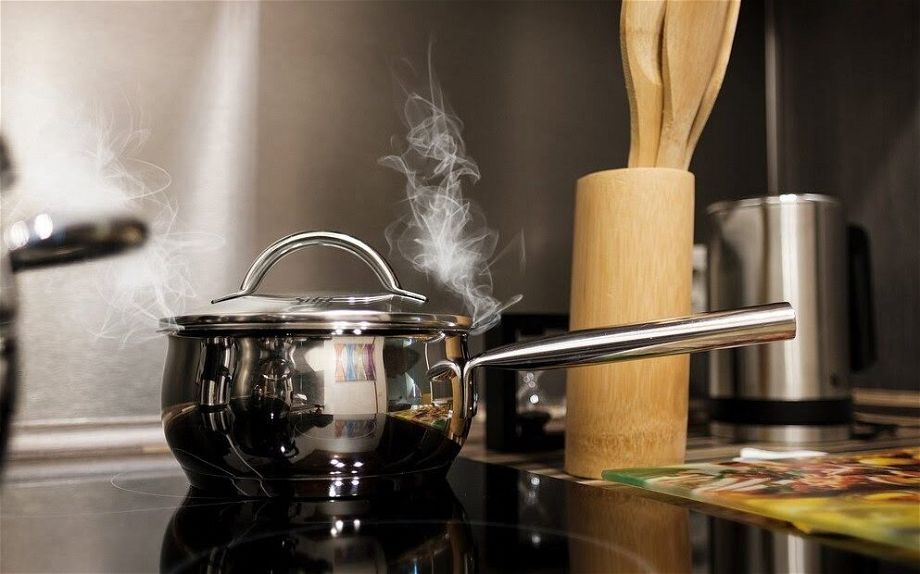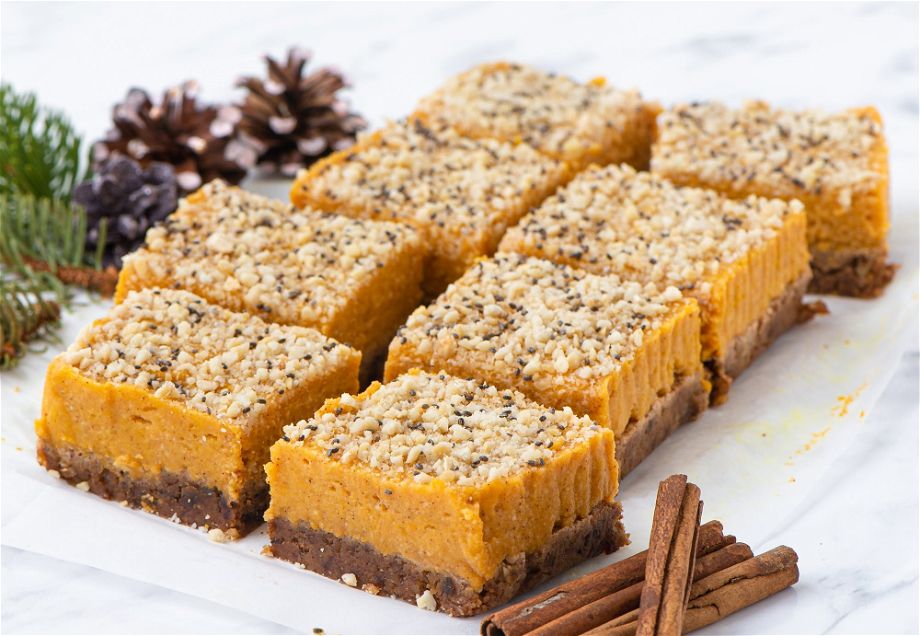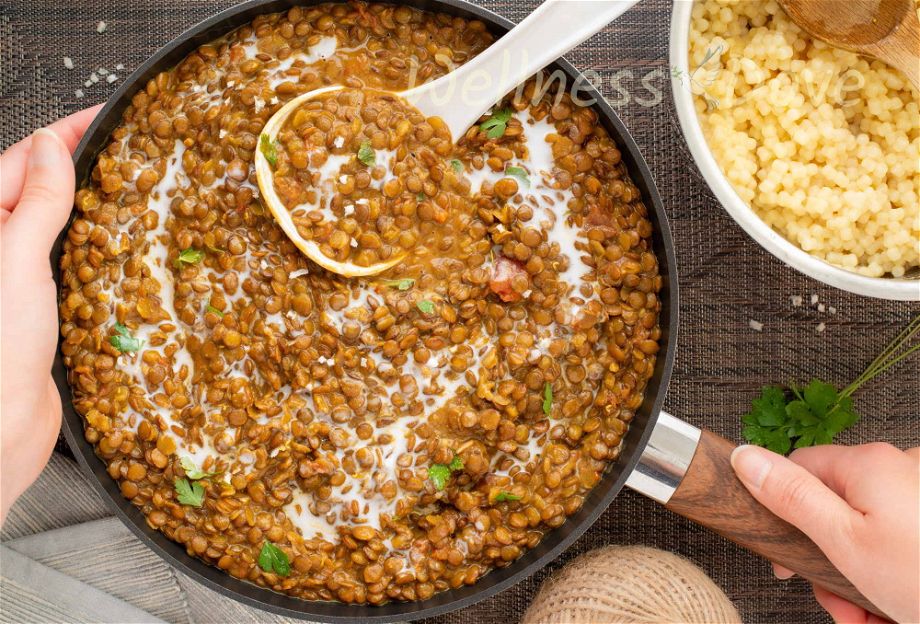
Healthy eating means healthy food.
What is healthy food actually, though?
Whole natural plant foods is what we believe humans should eat.
And that’s all great, however, it only tells half the story. You see, that is what we should eat but doesn’t tell us how we should prepare it.
See, a potato is what we could call a nutritionally complete food. It has all the essential amino acids (proteins), all the essential fatty acids (fats), it’s loaded with vitamin and mineral and is rich in satiating and health-promoting complex carbohydrates.
All-in-all, potatoes are a great addition to your diet. French fries, though, are not.
In the process of deep-frying our healthy potatoes, we have managed to infuse them with high-calorie, heat-processed trans fats that are truly toxic to the body while we have lost much of the vitamin and micronutrient load. In essence, we have converted a health food into a junk food simply because of how we chose to prepare it.
Here’s how we should prepare our food in the healthiest way.
Post Contents
Heat vs nutrition
Heat can enhance or destroy nutrition.
Cooking is basically using heat to make foods that are hard to digest easier on our digestive system or to help destroy potentially unhealthy compounds and make unedible foods edible.
Take kidney beans, for instance. They are impossible to eat when raw and also contain lectins that are potentially dangerous. When we boil beans, we inactivate the lignans and make the beans soft and tasty.
Tomatoes are another great example. They contain the powerful antioxidant lycopene. Cooking tomatoes help make lycopene more biologically available and thus we can argue that cooked tomatoes are healthier than raw.
At the same time, heat can destroy many vitamins, minerals, and enzymes that our food contains. Unnecessarily long cooking duration and higher temperatures can potentially destroy the nutrient load of our food.
So, if we overcook our beans or tomatoes, we run the risk of unnecessarily destroying some of the nutrition in them.
That’s why cooking at lower temperatures, with a shorter duration is how we should approach cooking our food.
Try these conservatively cooked Lentil Meatballs Recipe
Your food needs less time to cook than you think
So many people overcook their food without realizing it.
Those beans don’t need to be super super soft in order to be tasty. That broccoli needs only a couple of minutes to become tender and surprisingly fresh.
We have become accustomed to overcooking some foods so that they taste a certain way while they could taste differently but perfectly fine with less cooking.
Experiment away and you will be surprised that the undercooked food of today will taste great tomorrow!
Wet vs dry cooking
Basically then, we can choose to cook our food in liquid or bake it dry.
We always choose to use a wet method (steaming or boiling) whenever possible since water boils at 100 °C/212 °F and thus the food is not exposed to very high temperatures. Cooking food with dry heat can create heterocyclic amines (for meat) and advanced glycation endproducts (AGEs) that are not healthy at all for you.
Steaming is better.
Some people have concerns that when boiling, some of the nutrients in the food will pass into the water and will be lost. That’s why steaming might be a better way to cook.
Also, steaming is a gentler method, provided you don’t use a pressure cooker.
Easy & Healthy Steamed Pumpkin Pie Recipe
Boling is great.
That said, boiling is perfectly fine.
First and foremost, you make sure the food is cooked at below 100 °C/212 °F. You also avoid the dry heat and the AGEs that it can create.
Depending on the food, it is true that it might leak nutrients into the water. It’s not a big problem though.
If you are boiling veggies, then don’t throw that water away, it makes a great vegetable broth that you can use instead of oil when you sauté foods, for instance.
On the other hand, boiling beans actually helps you to remove the sugars that cover the outer side of beans and thus (almost) remove the risk of producing gas after eating those beans.
All-in-all, boiling is probably the healthiest and most practical way of cooking that we prefer!
Creamy Oil-free Chickpea Curry with Buckwheat Recipe
Keep the heat low when baking.
Generally, baking is probably a less healthy method of cooking but you shouldn’t avoid it. Just keep the heat low.
So many recipes tell you to bake your food at unnecessarily high temperatures.
Your pizza, bread, potatoes, or chickpeas will usually be as tasty when baked at 320ºF as at 500°F. We tend to bake our food at 320°F to 360°F and it turns out as delicious as ever.
Look for recipes that ask for less cooking time and lower temperatures.
Healthy Oriental Oven-baked Chickpeas Recipe
Avoid roasting/grilling.
Grilling and roasting by definition involve really high temperatures that char the food. True, it might be ‘tasty’ but it is also full of toxic AGEs and so much of the nutrition is destroyed.
Another reason why food tastes ‘better’ when it is roasted/grilled is because the bonds between the complex carbs are destroyed and simple sugars are created.
What was a plant with complex structures is converted to sugar. And we know, sugar tastes great but it’s not great for you at all.
Frying is a no-no
The ultimate way we can nutritionally destroy our food is by frying.
Frying is basically infusing a healthy food with processed oils under high temperatures. High temperature makes fats rancid and alters their structure. In many cases, frying creates trans fats, which are completely foreign to the human body and are toxic. And all that oil is basically pure fat that will make you fat anyway.
At the same time. frying involves ridiculously high temperatures that destroy the nutrition in foods making them fattening and toxic.
Sauté your food instead.
Easy Creamy Coconut Lentil Curry Recipe
Soak your legumes and grains
Soaked lentils, beans or rice cook remarkably quicker when they are soaked overnight.
If you plan ahead, you can pre-soak your legumes and grains so that you can have your meals ready in less time. It’s more practical and healthier.
Less oil, more veggie broth or water
Oil is pure fat and it’s one of the most fattening foods. Also, cooking with oil is always frying.
That said, you can still sauté your food in a perfectly healthy way. It’s simple, just use vegetable broth (or water) instead of oil.
You can also add vegetable broth to so many of your soups, stews, sauces; you can cook your rice or quinoa with it.
It adds extra flavor and nutrition with almost no added calories and toxicity.
Choose whole foods.
This is as much about what foods to eat as it is about how to prepare them.
White flour, white rice, oils, sugar are basically pre-prepared foods. In essence, somebody has already taken the whole plant foods and removed parts of them. Choose the whole plants to begin with.
Seek the recipes that promote healthful cooking
We know how overwhelming it can be to think of how to apply all those considerations.
Thankfully, there are so many recipes that can make the transition easier.
On WellnessDove we cook by these principles and we hope that our recipe section will inspire you to cook and eat in a healthier way.
Stay healthy.
Love,
Venny and Andy








